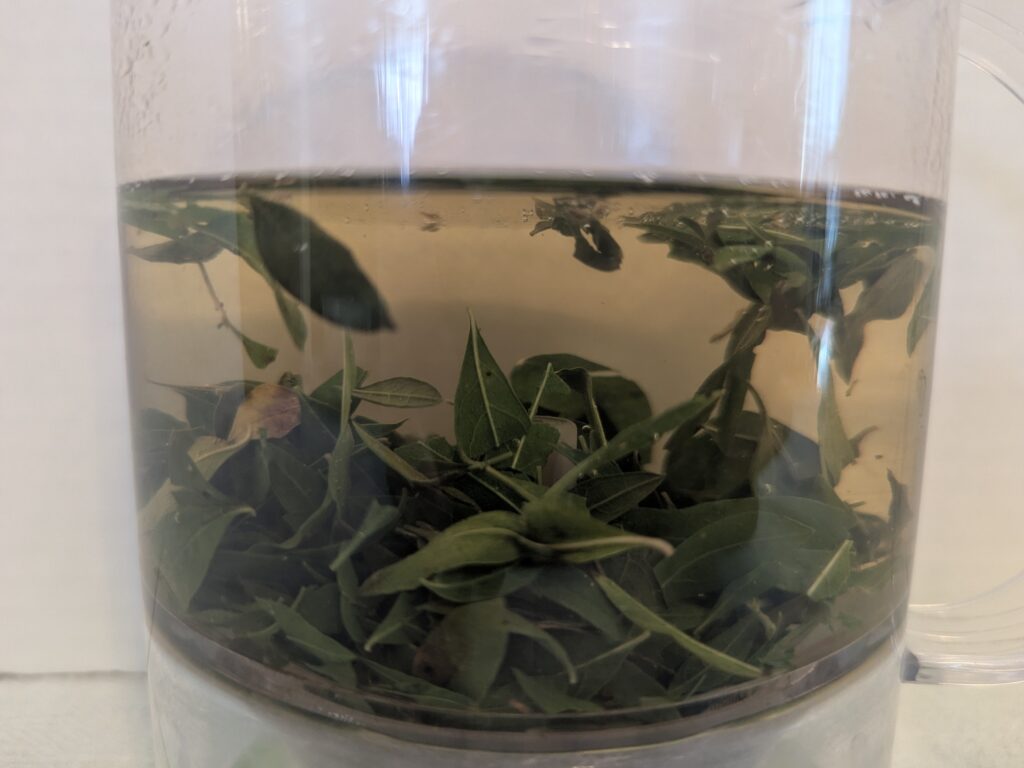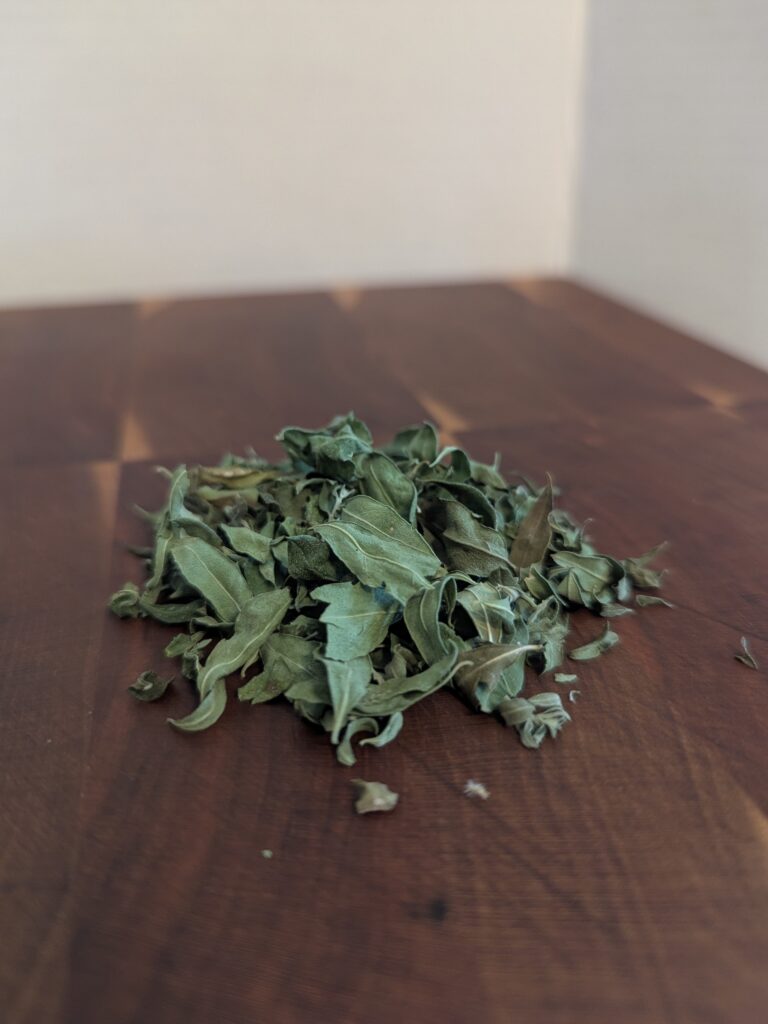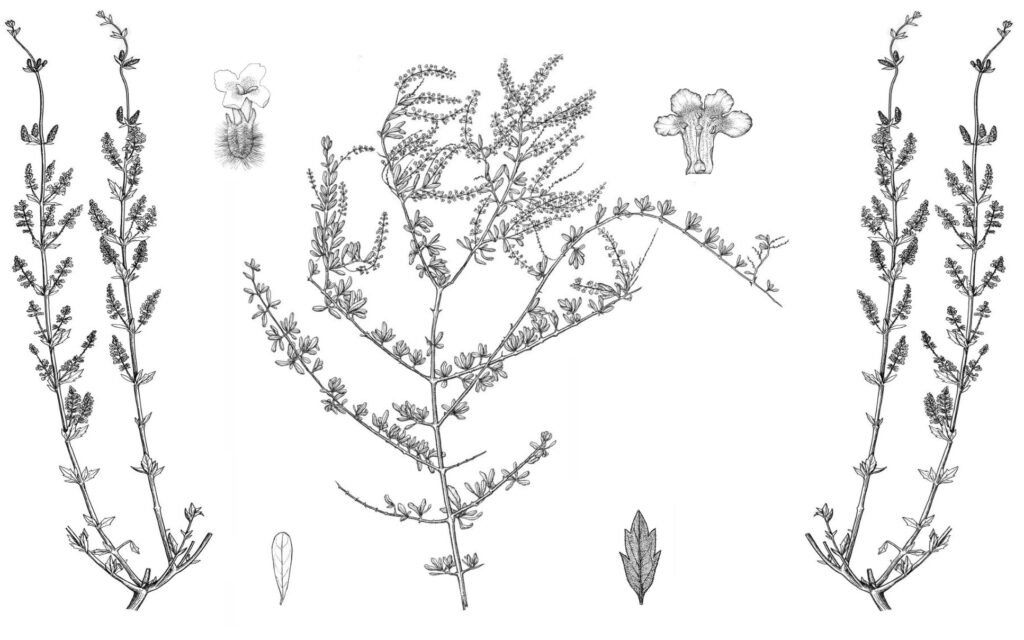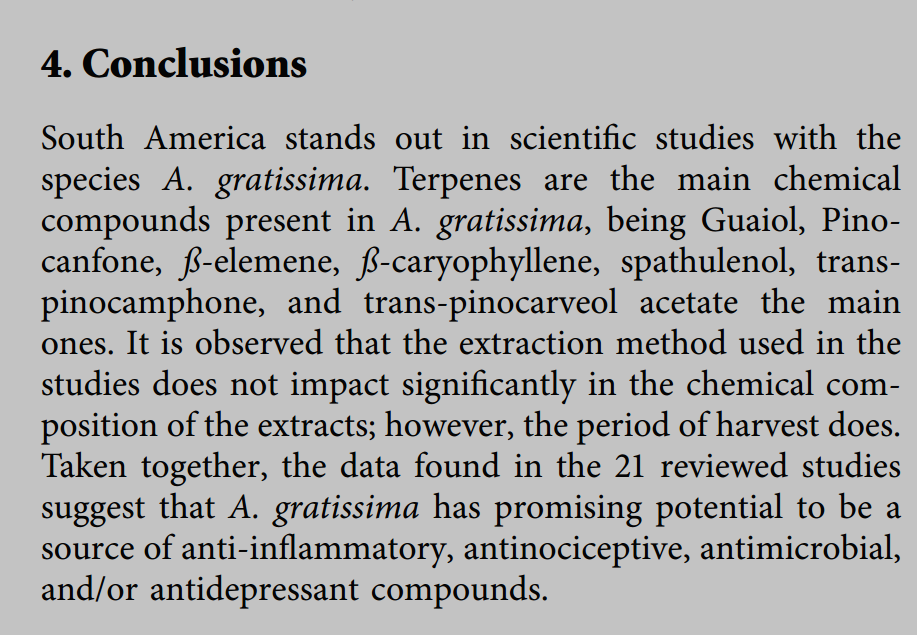The Unexplored Potential of CBDV: What Are Its Promising Uses?
🌿 Unlocking the Wonders of CBDv: A Deep Dive into its Effects and Benefits 🚀 As we journey through the vast landscape of cannabinoids, let’s shine

In the world of herbal teas, many of us are familiar with staples like chamomile, mint, and lavender. However, there’s one lesser-known gem that has been used for centuries in traditional medicine: Aloysia gratissima, commonly known as Whitebrush or Bee-brush. This fragrant, white-flowered shrub, offers a fascinating blend of history, aroma, and a range of potential health benefits. It is just starting to capture the attention of researchers and tea enthusiasts alike. I had the opportunity to explore this unique plant firsthand and brew my own cup of Whitebrush tea from NeuroLeaf. The experience was both calming and helped me wind down after a long day of work.
The first thing that struck me when I brewed Whitebrush tea was its delightful fragrance. As the steam rose from the cup, it carried a sweet, almost floral scent that was calming and immediately cleared my thoughts. I could immediately tell this wasn’t just any ordinary herbal tea—it had a special kind of warmth to it, like nature’s embrace in a cup. Whether you’re sipping it for its taste or its therapeutic effects, the scent alone is enough to make you feel connected to the natural world.



I did a bit of digging into modern scientific studies and was surprised to discover that Whitebrush contains several bioactive compounds, such as guaiol, pinocamphone, and β-caryophyllene, which are linked to a variety of potential health benefits. Here are just a few:




Reflecting on my experience, I see how this plant is much more than just a soothing beverage. It represents a beautiful intersection of traditional wisdom and modern science. A reminder of how nature holds the keys to many of our health challenges. If you’re looking for a new tea to explore, I highly recommend giving Whitebrush a try. Not only is it a comforting drink, but it might just offer the therapeutic benefits your body needs.
One thing I hope to see from NeuroLeaf in the future is more variety. While delicious on its own, I believe it would be enhanced with some additional herbs, spices, and fruits.
In a world of fleeting trends, Whitebrush tea offers something timeless—nature’s healing power, steeped in history and brimming with promise. So, why not take a sip and see what it can do for you?
A convenient and precise way to incorporate cannabinoids into your wellness routine. Our tinctures and capsules are carefully formulated to provide targeted support.
For those looking for faster-acting effects and robust flavor profiles, our carts and wax concentrates offer a potent and flavorful experience.
Boost your daily ritual with our soothing NeuroLeaf tea blends, artfully created to combine the gentle benefits of aromatic herbs and botanicals.
Our premium terpene selections allow you to fine-tune your experience, whether you want to heighten calming properties or bring out uplifting notes.
🌿 Unlocking the Wonders of CBDv: A Deep Dive into its Effects and Benefits 🚀 As we journey through the vast landscape of cannabinoids, let’s shine
Exploring Aloysia gratissima Introduction Aloysia gratissima, commonly known as Whitebrush or Bee-brush, is a native plant of the Americas, revered for its medicinal and aromatic
Cannabidivarin (CBDV) is making waves in the wellness world as a non-intoxicating cannabinoid with promising benefits for brain health, inflammation, and overall balance. Endocannex’s Zen Mastery Tincture delivers 10 mg of CBDV per dose, offering a gentle introduction to this powerful compound. Here’s what you can expect in terms of effects over the short, medium, and long term.